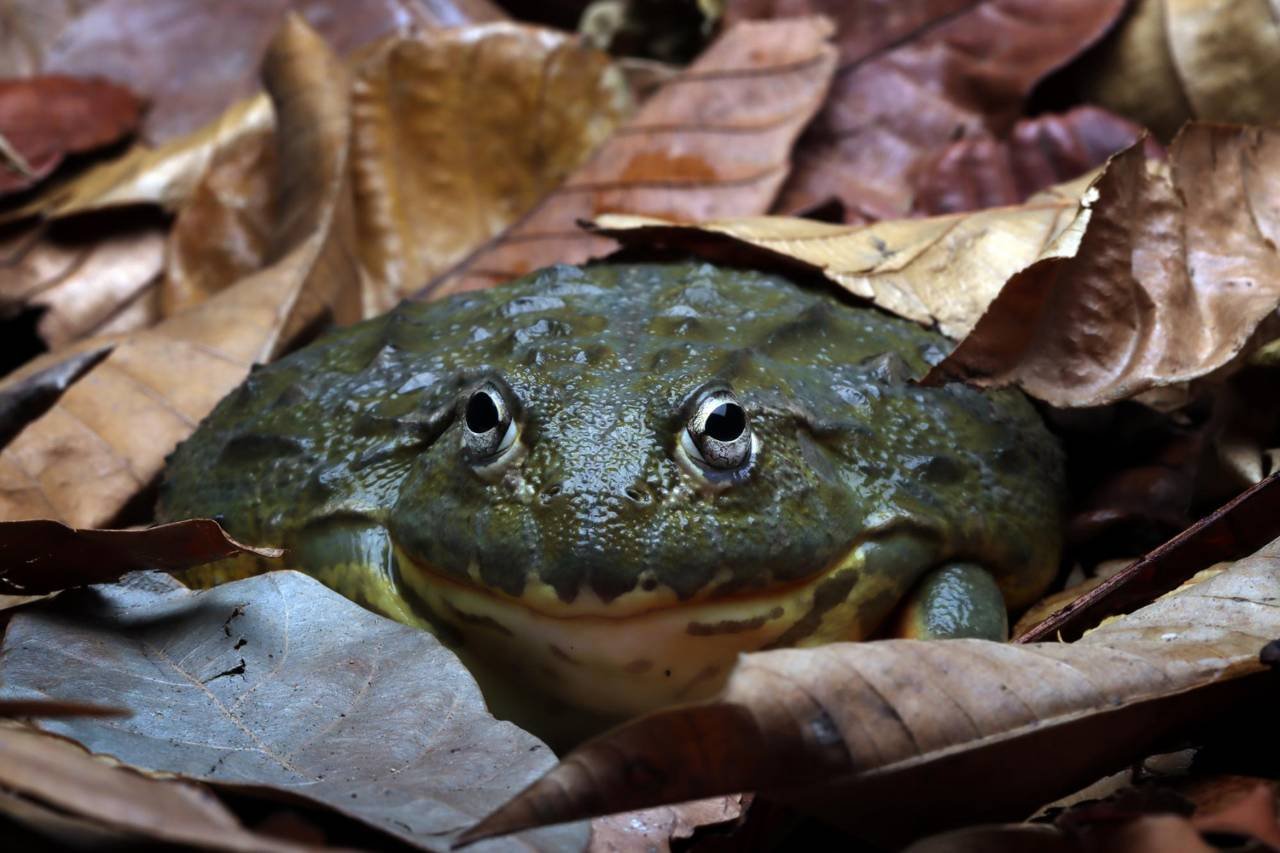As temperatures drop and the chill of winter sets in, many animals prepare for the cold by hibernating. Frogs, being ectothermic creatures, are particularly vulnerable to cold weather, as they cannot internally regulate their body temperature. Instead, they have evolved fascinating strategies to survive the harsh winter months. Let’s explore how frog hibernation works and what it means for these amphibians.
The Science of Hibernation
Hibernation is a state of dormancy where frogs significantly slow down their metabolic processes. During this period, frogs enter a state of inactivity to conserve energy when food is scarce, and temperatures are too low to maintain normal metabolic functions. This strategy enables them to survive extended periods without eating.
Aquatic Hibernation
Many aquatic frogs, such as the Leopard Frog and the Northern Green Frog, hibernate at the bottom of ponds or lakes. They bury themselves in the mud or lie on the substrate, where the water remains unfrozen at the bottom. Frogs can breathe through their skin, allowing them to absorb dissolved oxygen from the water even when hibernating.
Terrestrial Hibernation
Terrestrial frogs, like the American Toad and the Wood Frog, prefer to hibernate on land. They seek shelter by burrowing into the soil, hiding under leaf litter, or within rotting logs. Certain terrestrial frogs have developed adaptations for surviving partial freezing. For example, the Wood Frog can tolerate ice forming in its body cavities, a process safeguarded by natural antifreeze substances in their system.
Emerging from Hibernation
As spring arrives, rising temperatures and increasing daylight signal frogs to emerge from hibernation. This awakening allows them to regain activity, find food, and move to breeding sites to continue their life cycle.
Importance of Frog Hibernation
Frog hibernation is an essential survival adaptation that enables them to withstand harsh winters. Understanding their hibernation strategies highlights the importance of natural habitat conservation, providing safe environments for frogs during this vulnerable period.
FAQs About Frog Hibernation
What is frog hibernation?
Frog hibernation is a state of dormancy where frogs slow their metabolic processes to conserve energy during cold months when food is scarce.
How do aquatic frogs hibernate?
Aquatic frogs hibernate by settling at the bottom of ponds or lakes, where they can breathe through their skin to absorb oxygen from the water.
Do all frogs hibernate the same way?
Not all frogs hibernate the same way. While aquatic frogs hibernate underwater, terrestrial frogs burrow into the ground or use leaf litter for shelter.
Can frogs survive freezing temperatures?
Some frogs, like the Wood Frog, have adaptations allowing them to survive partial freezing by producing natural antifreeze substances in their bodies.
Why is frog hibernation important for their survival?
Hibernation enables frogs to conserve energy and survive winter when temperatures are too low for regular metabolic activities, ensuring their survival until spring.

